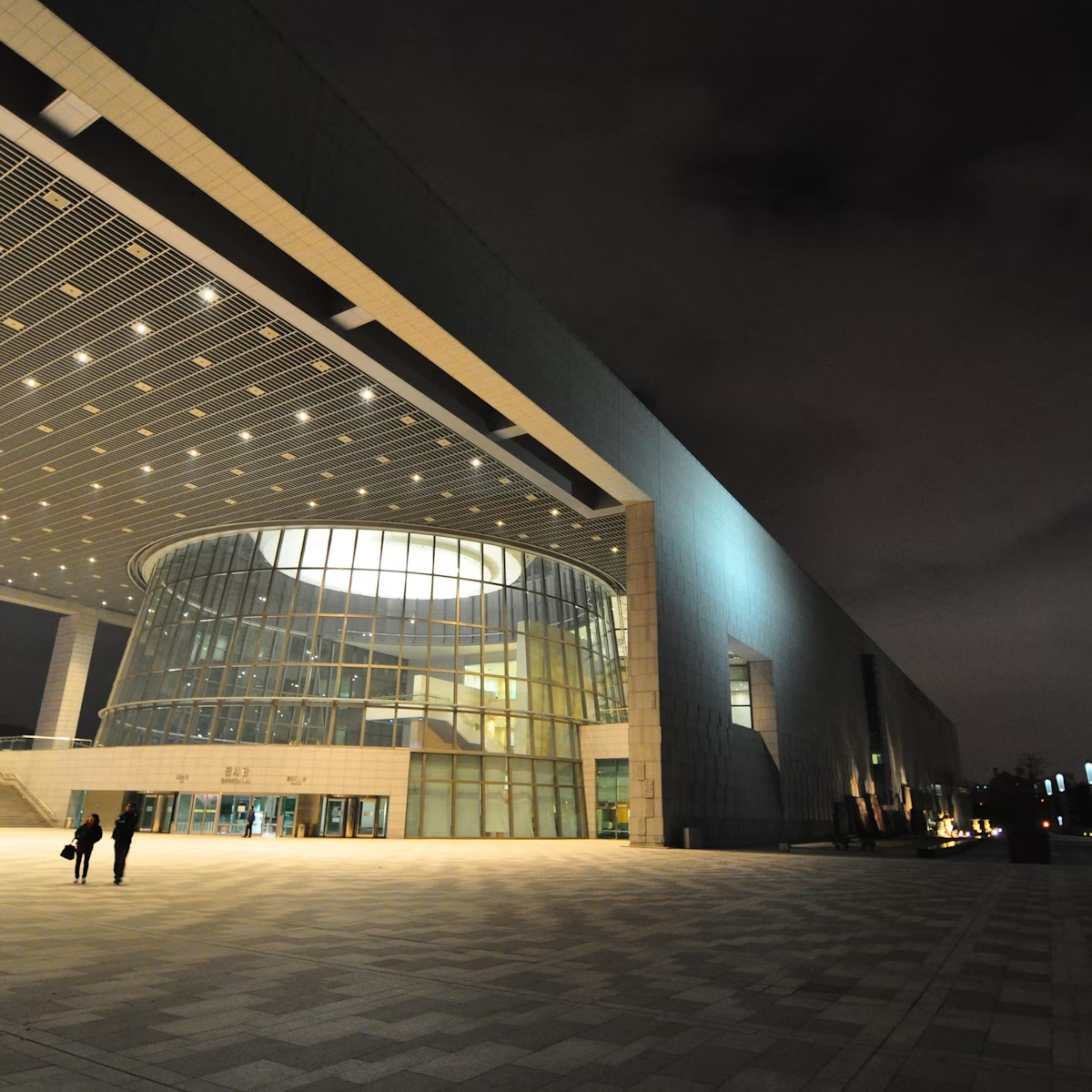Seoul's first modern-style park, opened in 1897, stands on the precincts of Wongak-sa, a Buddhist temple destroyed in 1504. Left behind was its remarkable 10-tier, 12m-high marble pagoda, which today is encased in a glass box at the rear of the park. Decorated with highly detailed carvings it's a beautiful and rare piece of art.
The park is also a symbol of Korean resistance to Japanese rule. Ten murals on the wall behind the pagoda depict scenes from the heroic but unsuccessful struggle of the Samil (1 March) Movement against Japanese colonisation in the early 20th century.
On 1 March 1919, Son Byeong-hui and 32 others signed and read aloud a Declaration of Independence (a copy in English can be read on the memorial plaque). All were arrested and locked up in the notorious Seodaemun Prison. A torrent of protest against Japan followed in Seoul and throughout Korea, but the Samil Movement was ruthlessly suppressed. Hundreds of independence fighters were killed and thousands arrested.







